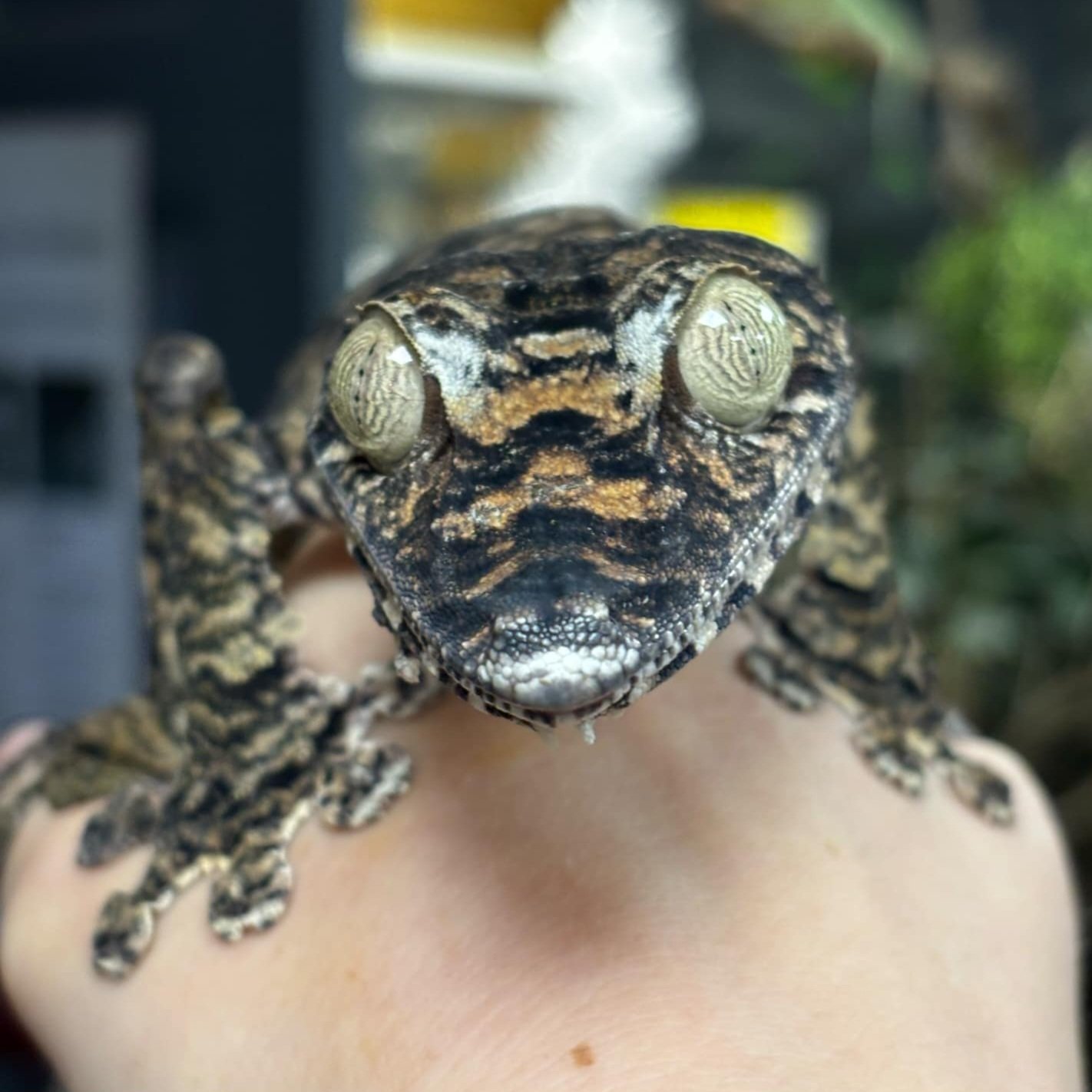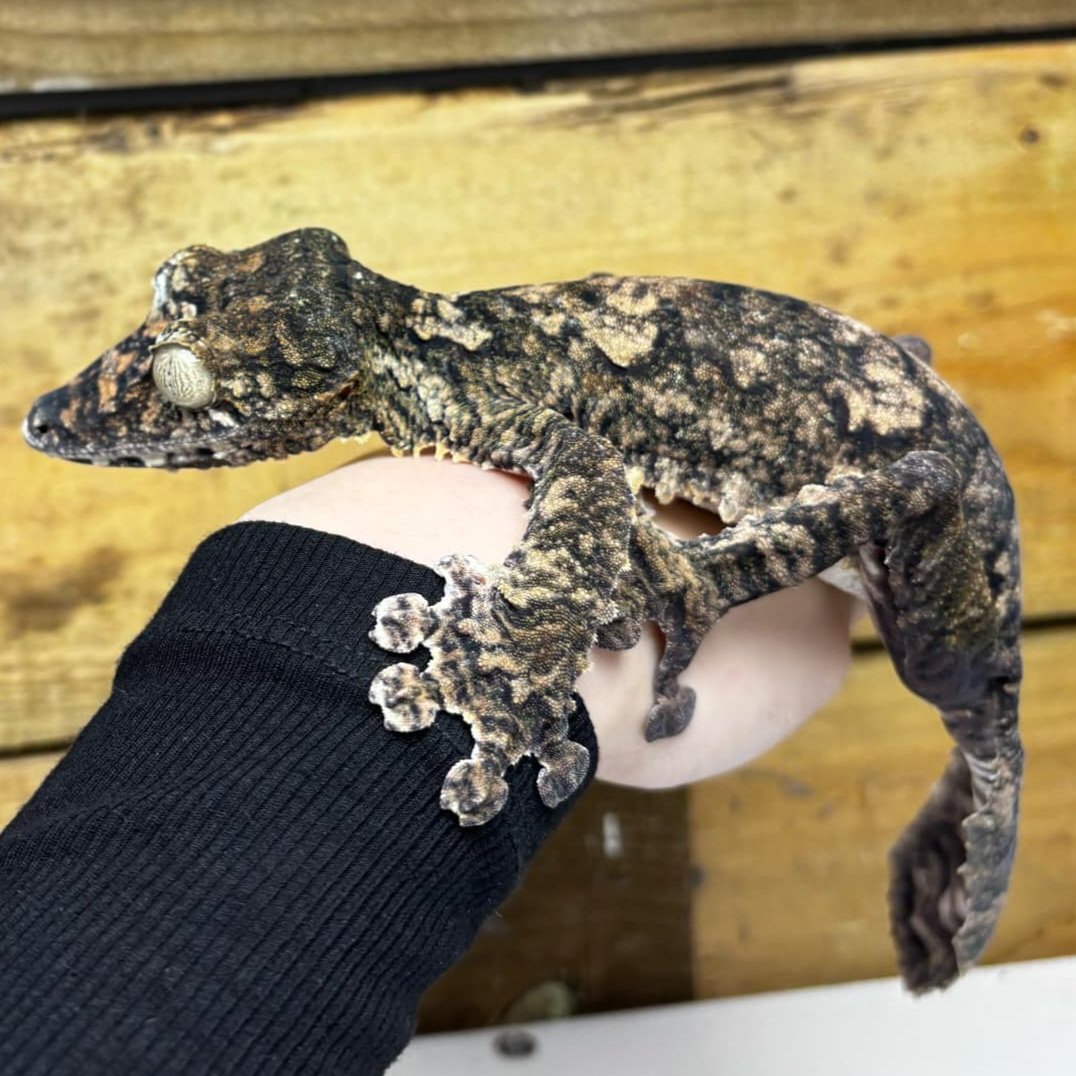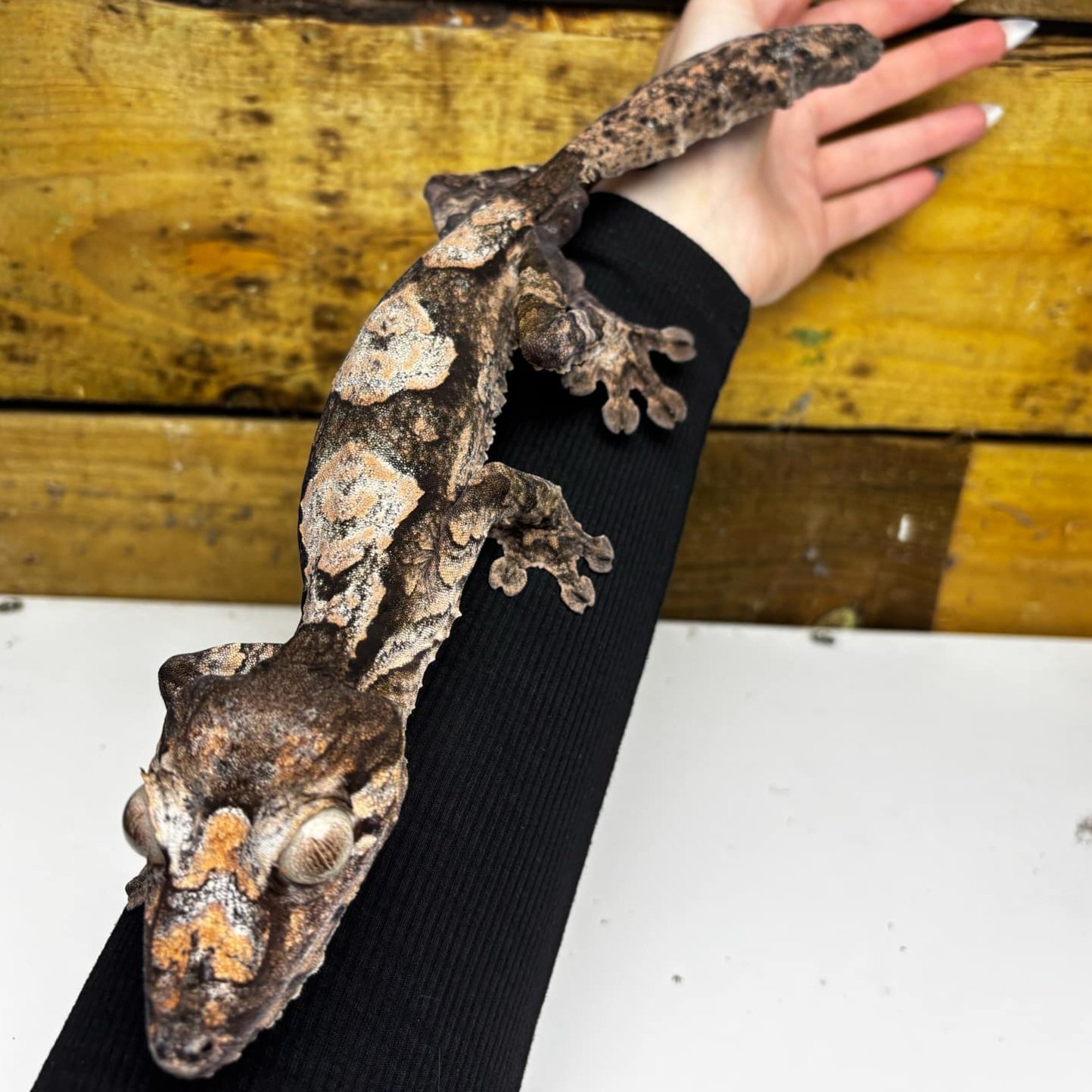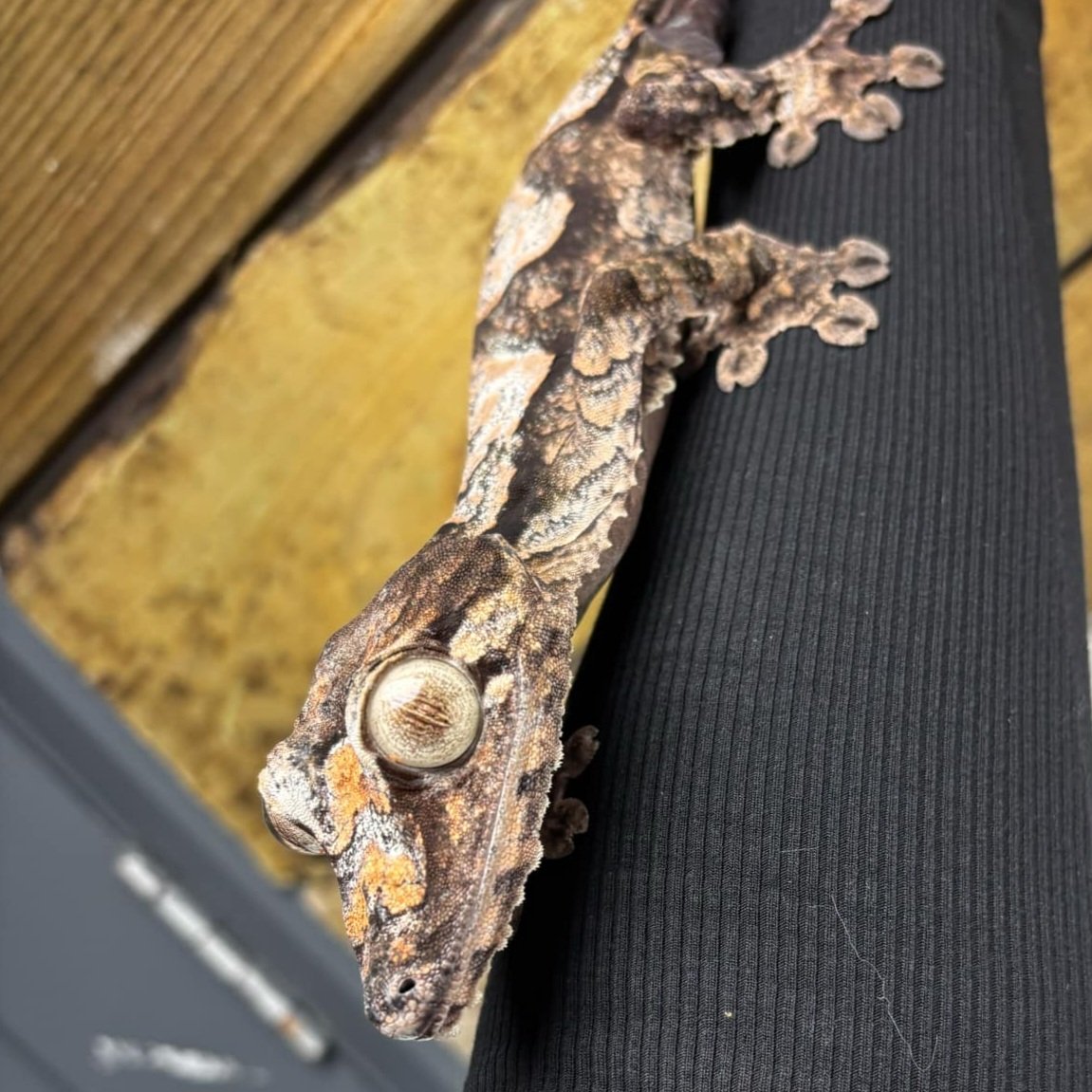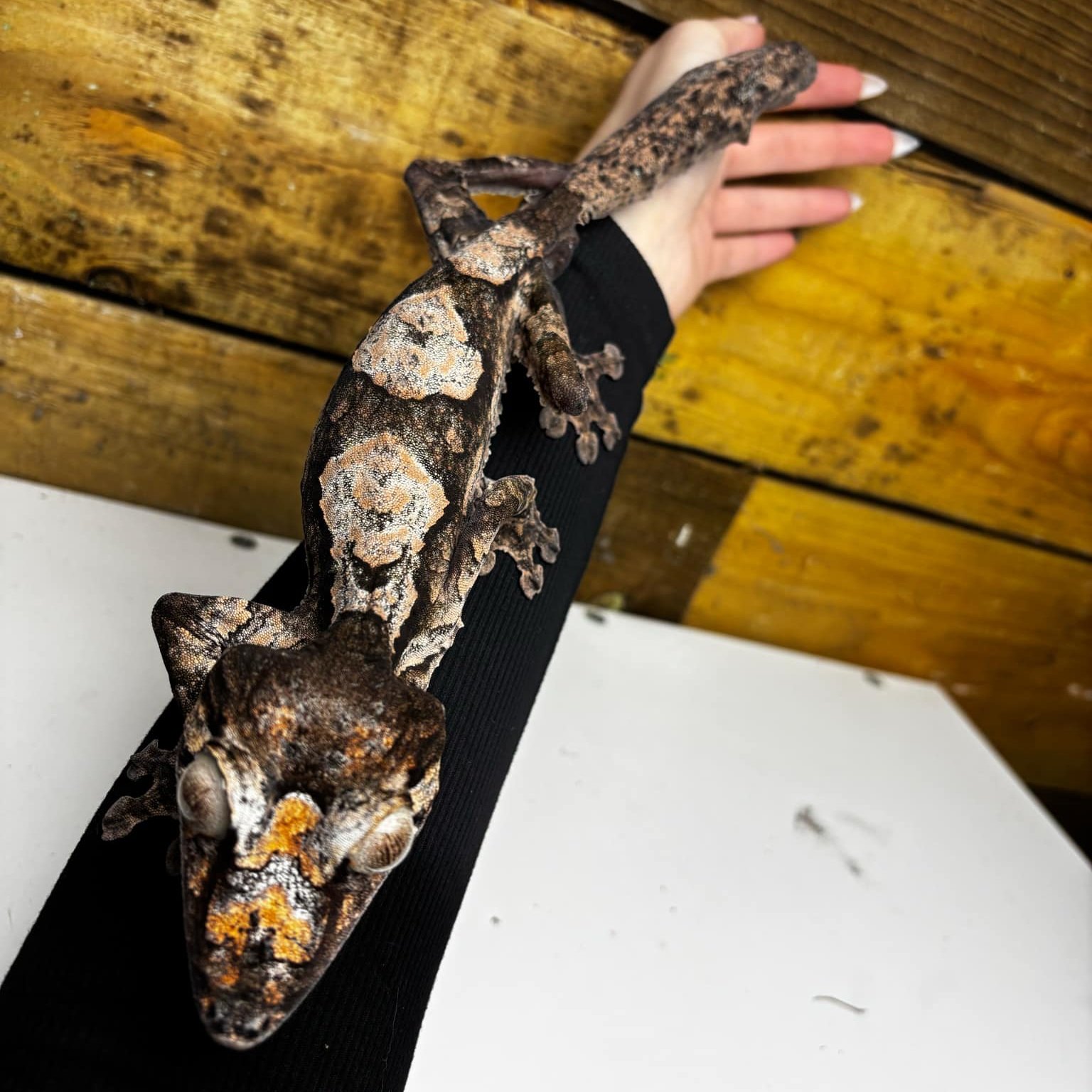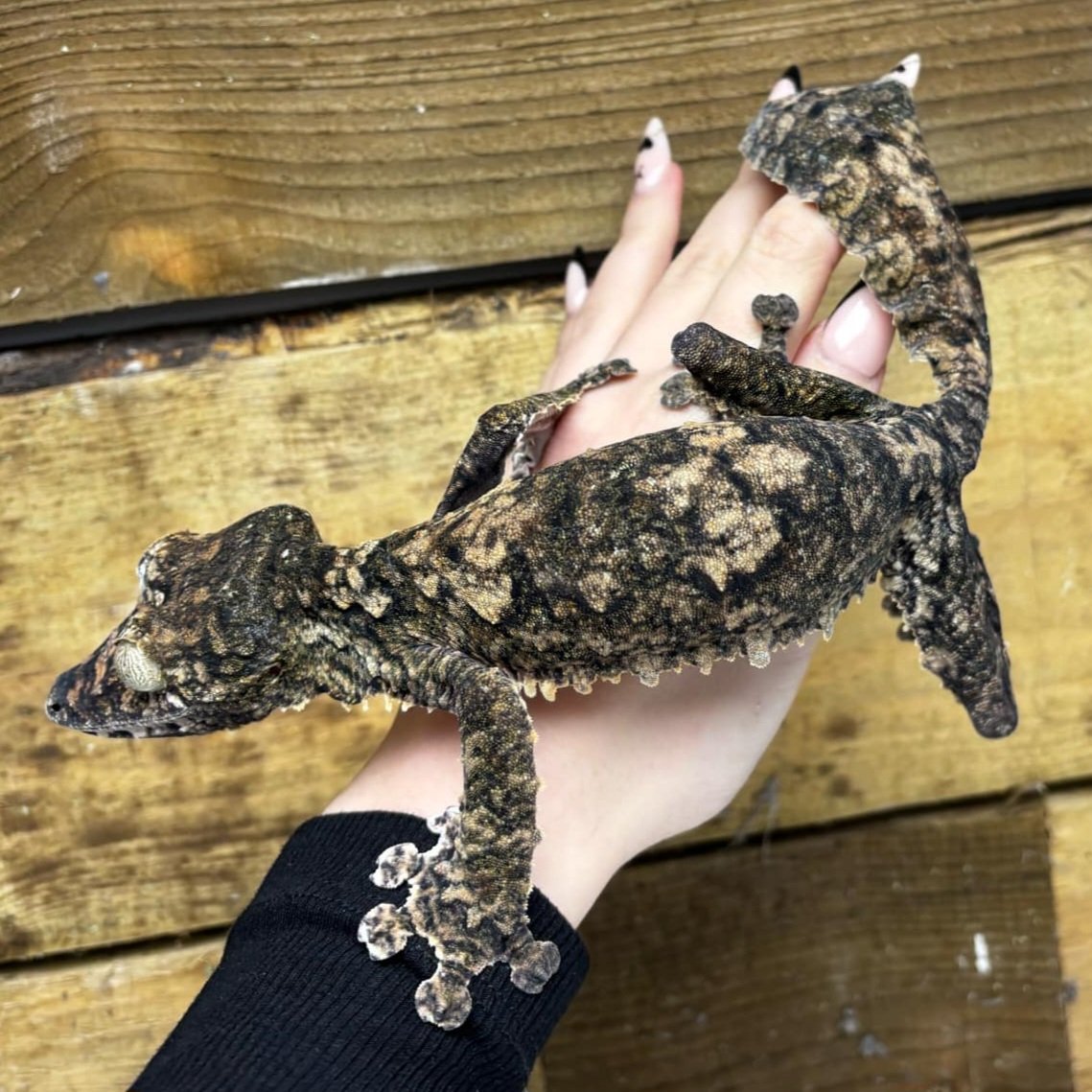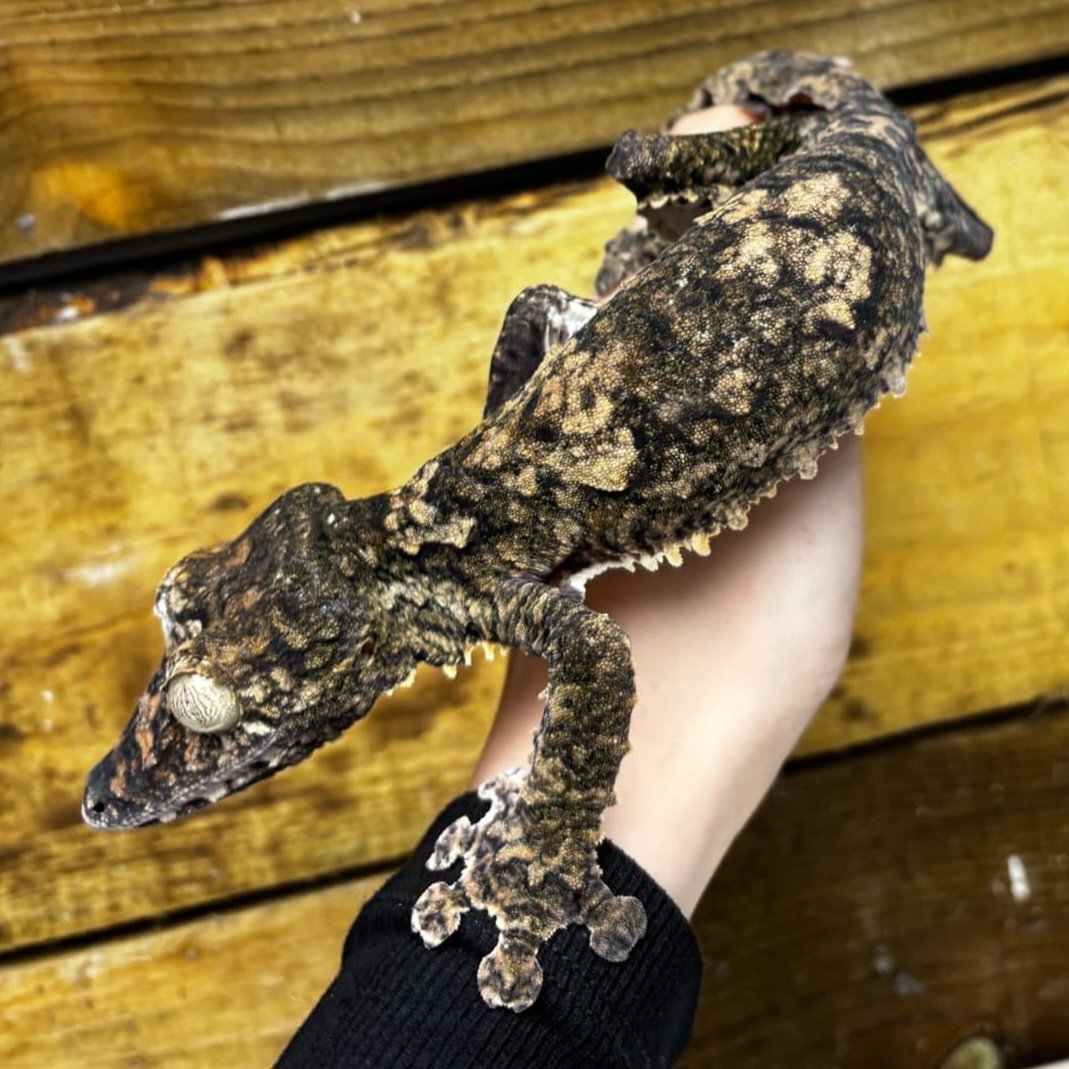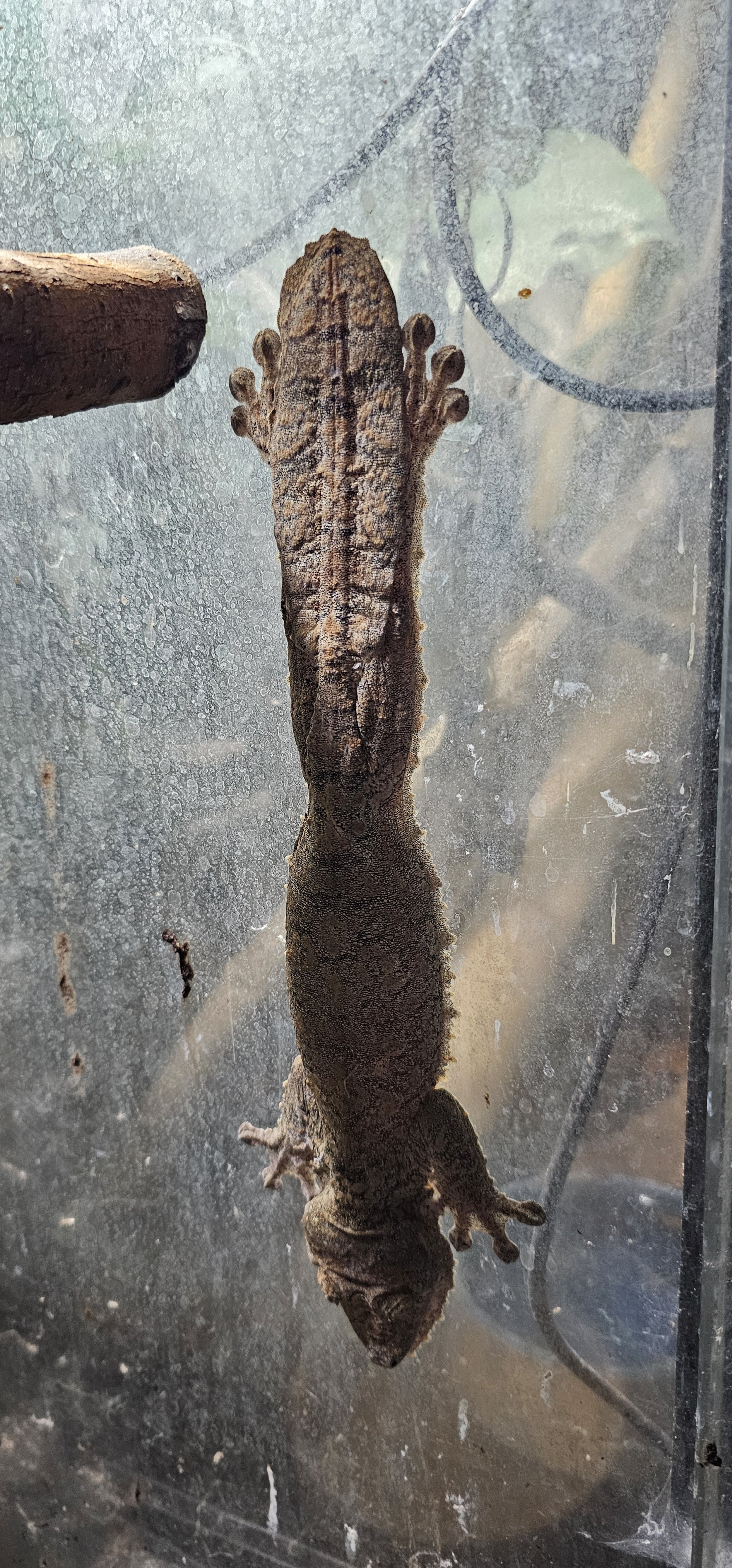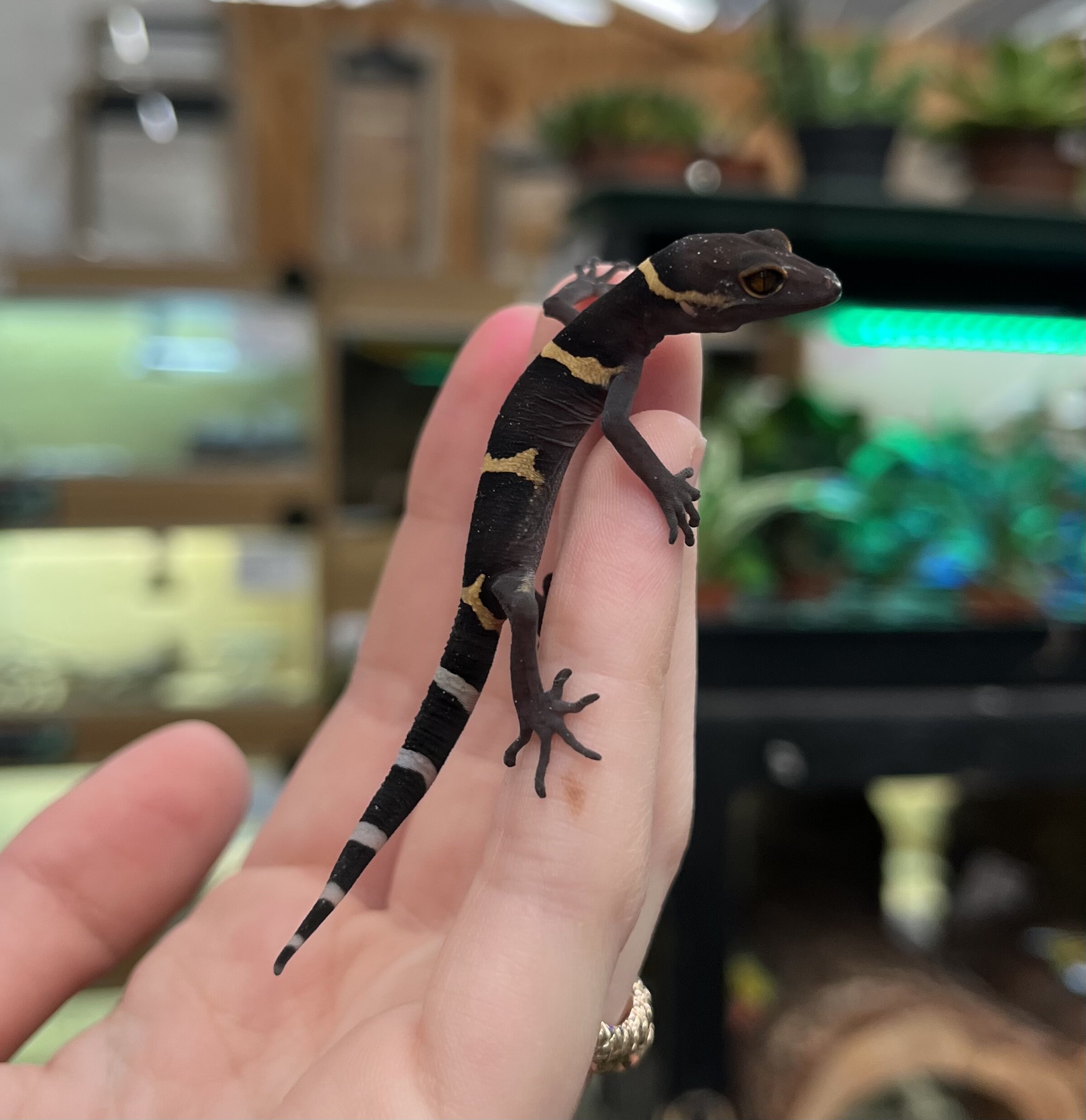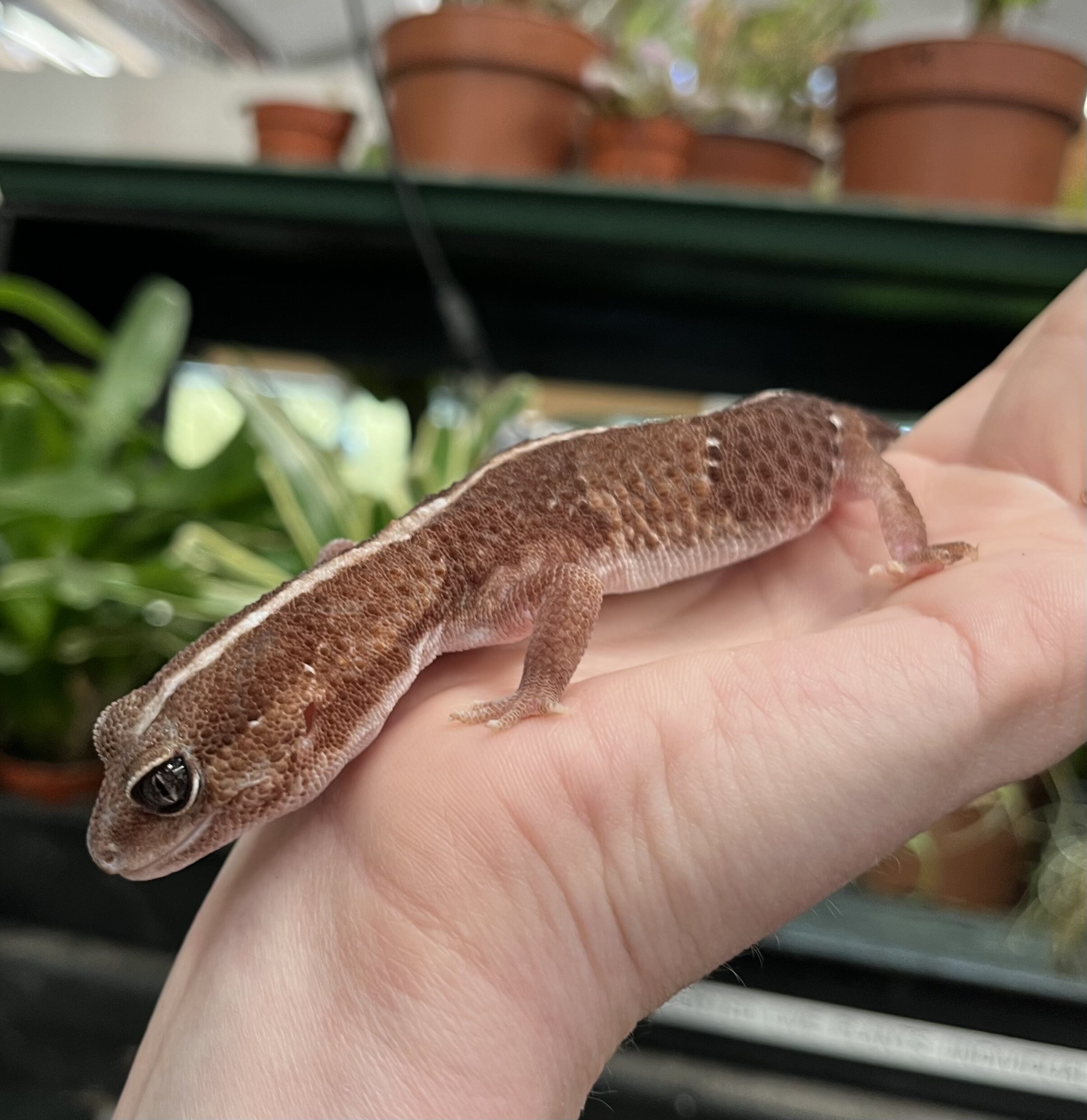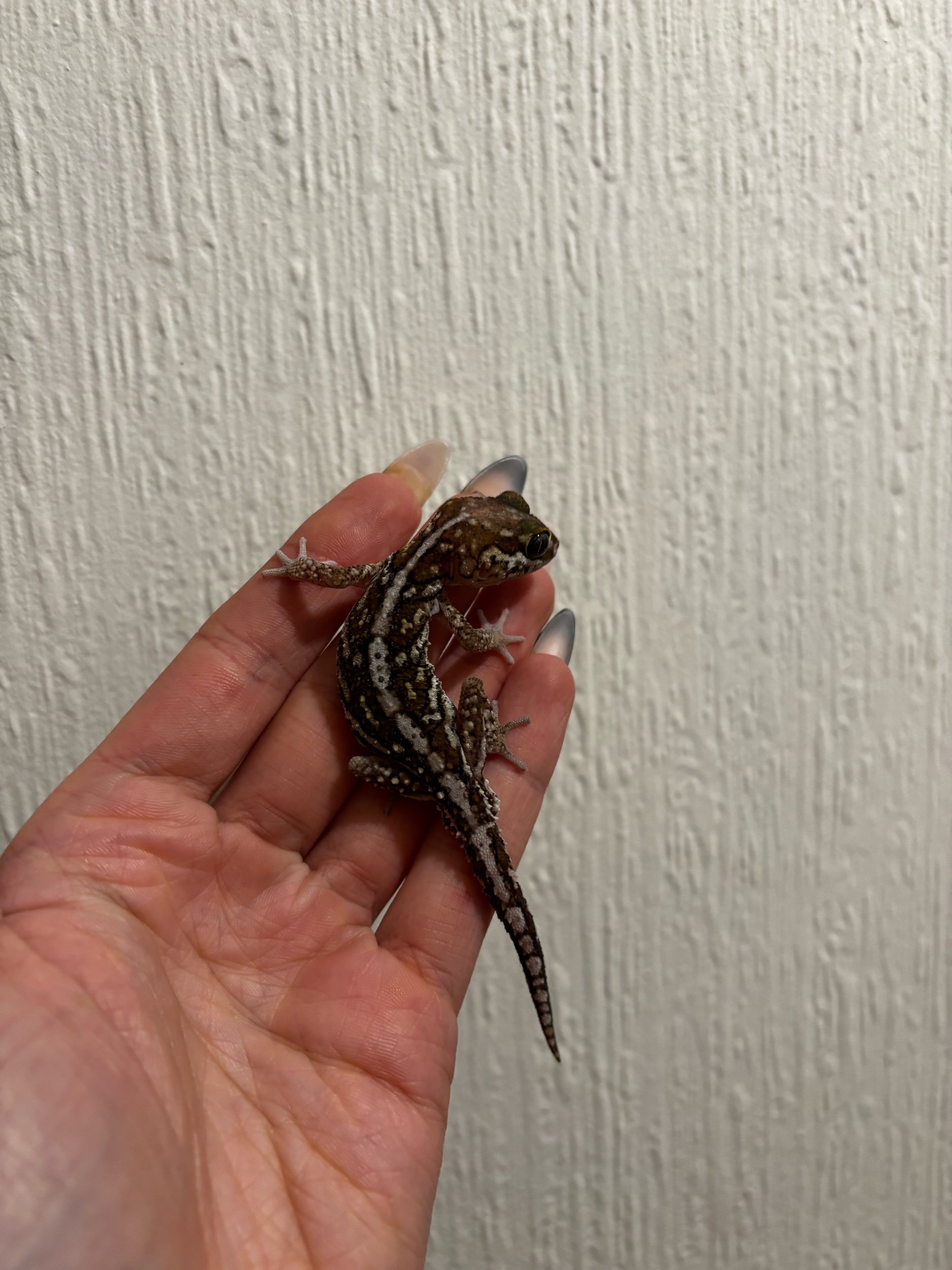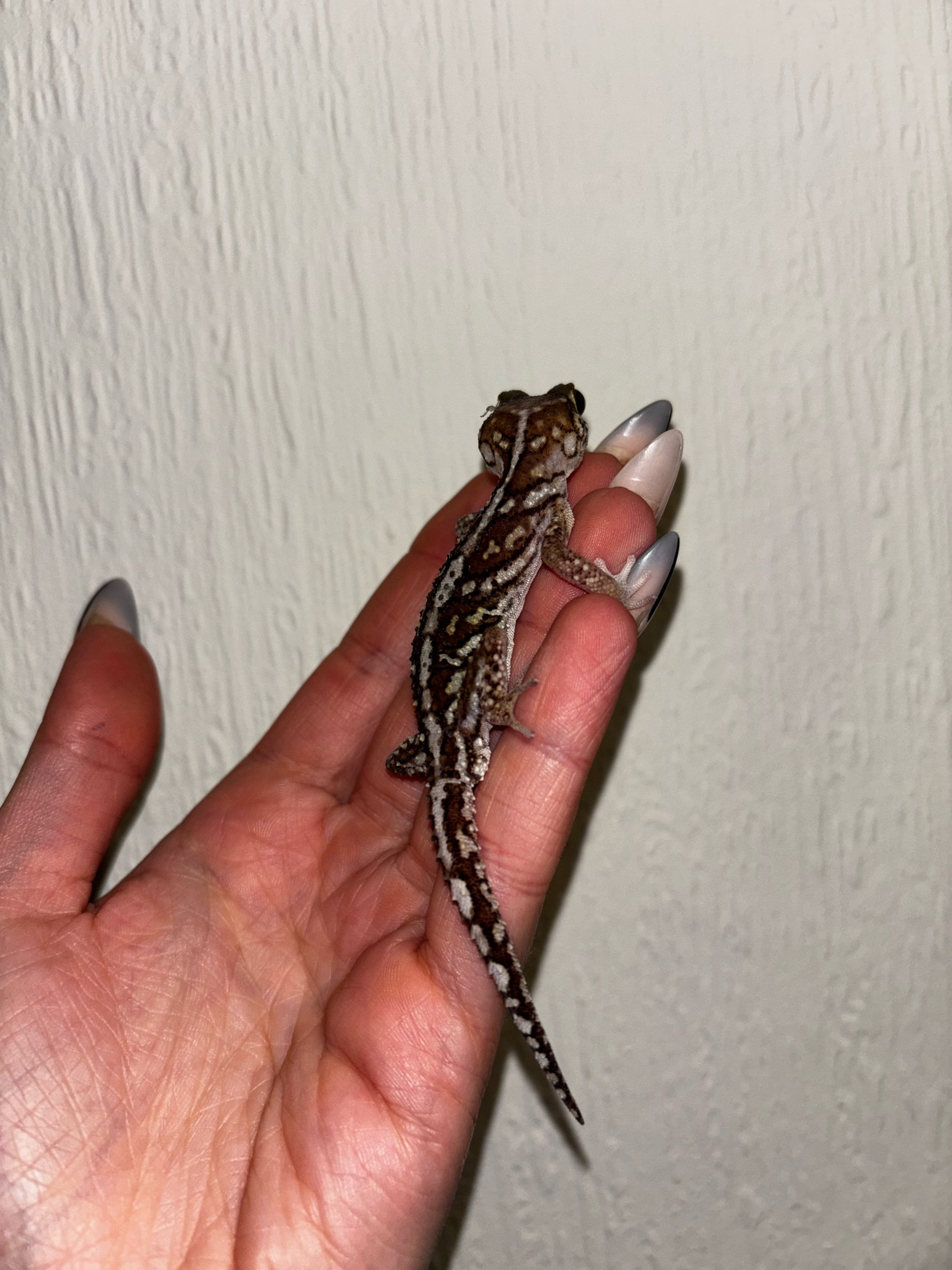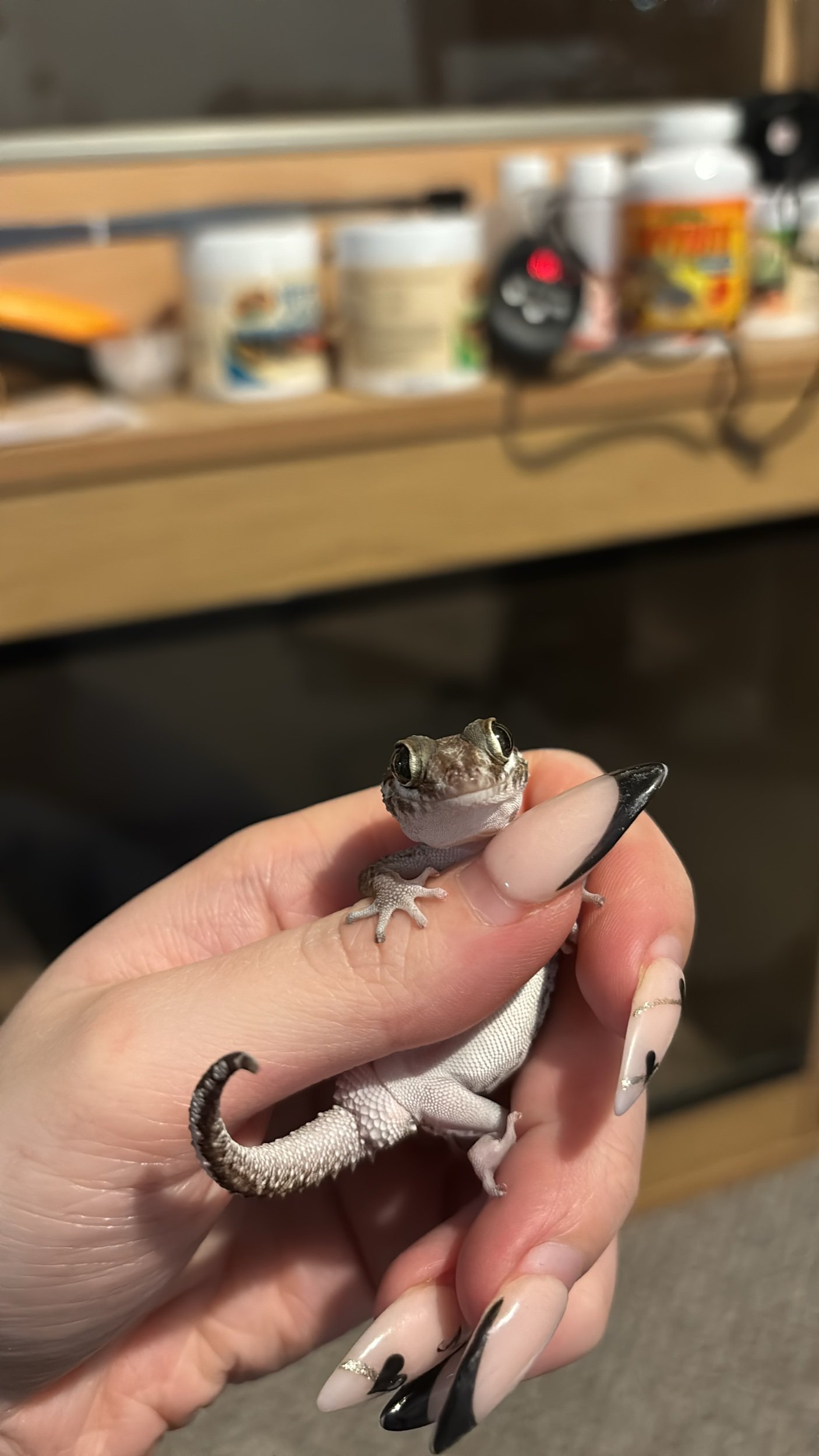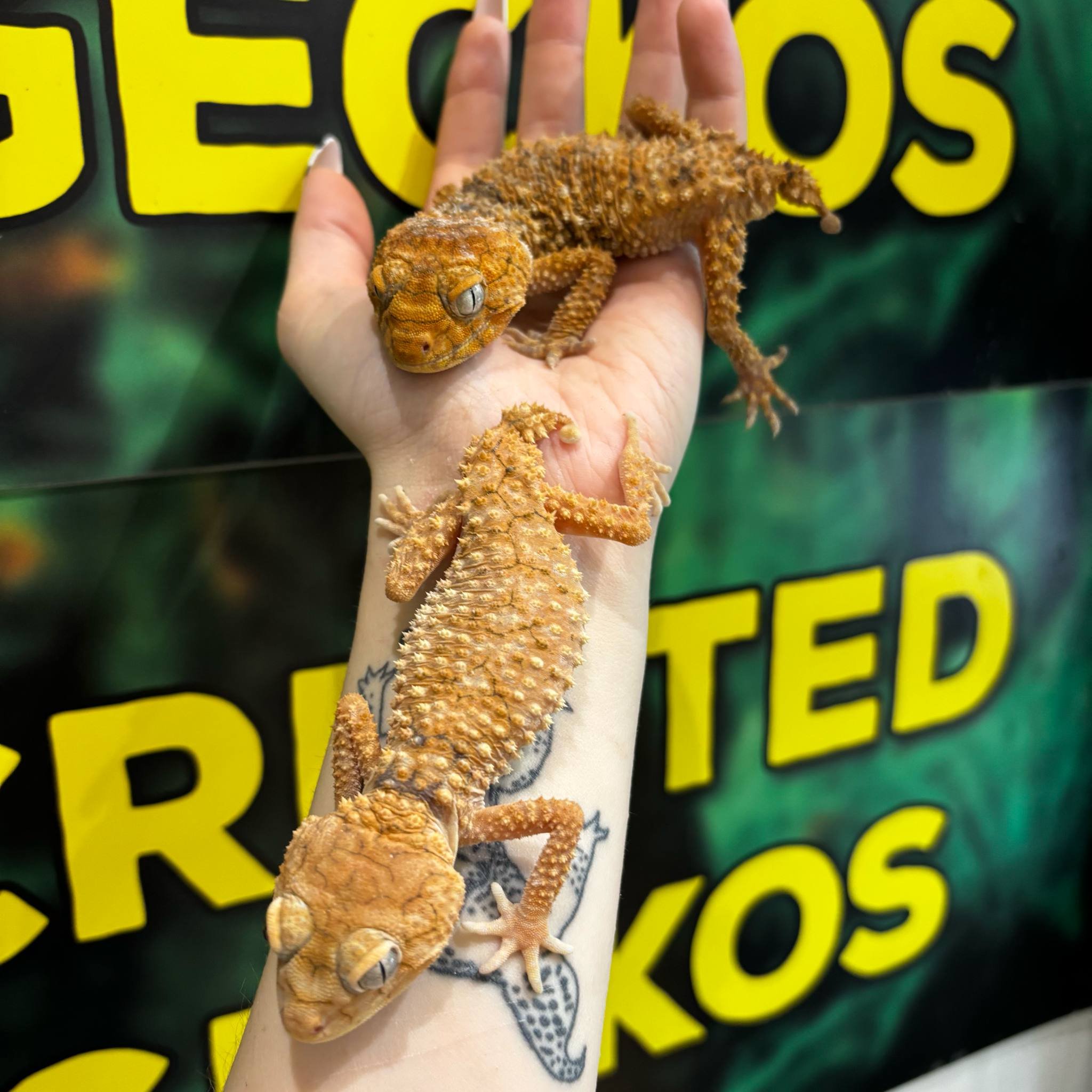 Image 1 of 4
Image 1 of 4

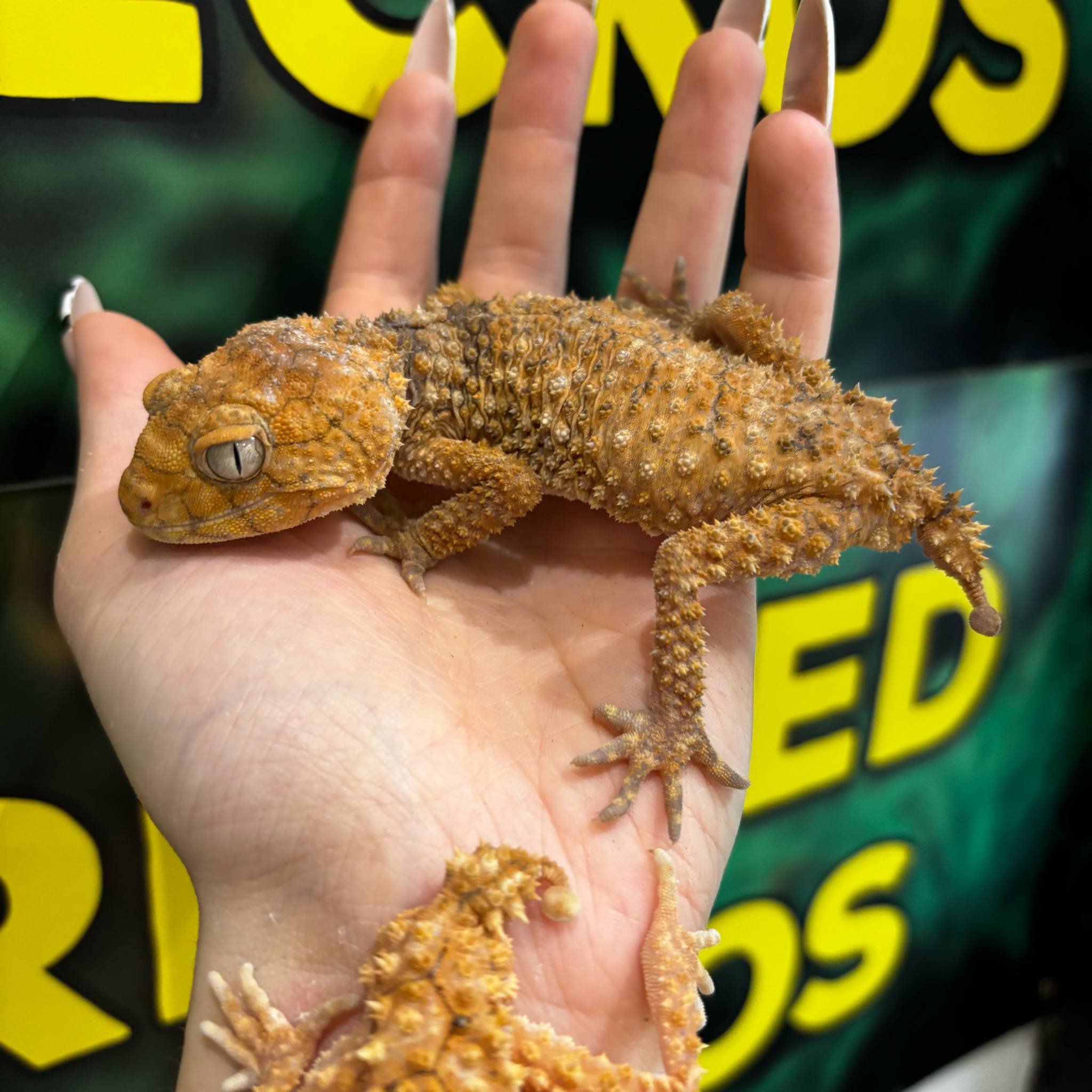 Image 2 of 4
Image 2 of 4

 Image 3 of 4
Image 3 of 4

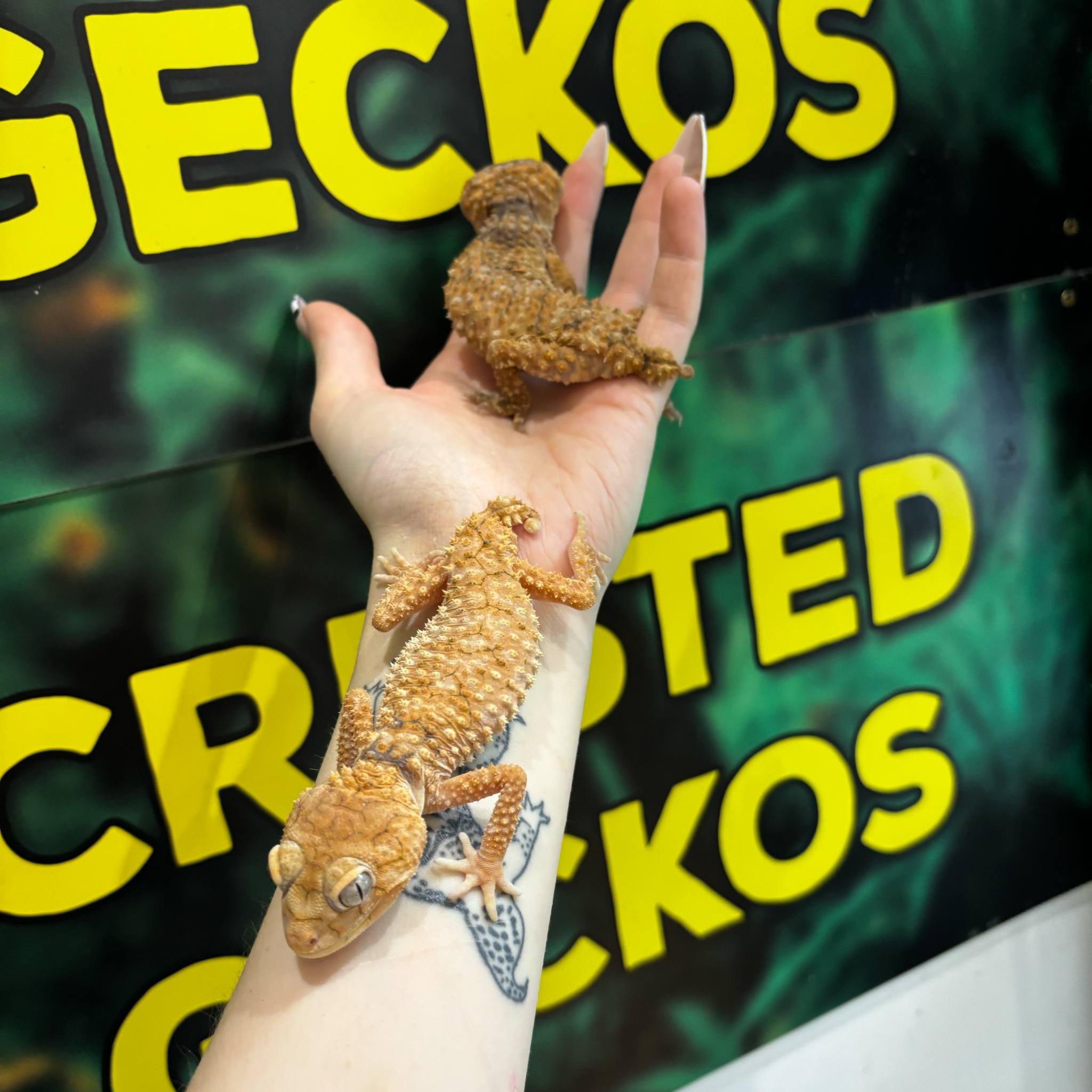 Image 4 of 4
Image 4 of 4





Breeding Pair of Knob-Tailed Geckos For Sale - Nephrurus amyae
This proven adult pair of Centralian Rough Knob-tailed Geckos are absolutely gorgeous examples (Nephrurus amyae). An exciting breeding project opportunity!
Photos taken April 2025
Currently for sale in our Bracknell reptile store
Priced as a pair
Age: Adults, CB23 (2 years old)
Sex: Male and Female breeding pair (proven)
Handling: Tolerate handling
Suitability: Well-researched beginner
Natural Habitat: Western Australia, where they inhabit arid open woodlands
Enclosure requirements
This pair would require a vivarium measuring at least 3ft as the minimum size, with thermostatically controlled overhead heating to reach basking spots in between 30-32*C. They do well with temperature drops at night to replicate their natural environment.
Temperatures should be measured with a reliable digital thermometer or heat gun, and UV lighting is beneficial.
They require an overall arid environment with multiple hides including a humid hide filled with moist sphagnum moss, and a laybox for the female to lay her eggs in. It is recommended to have a secondary enclosure on hand in case of the need for separation during the breeding process.
This proven adult pair of Centralian Rough Knob-tailed Geckos are absolutely gorgeous examples (Nephrurus amyae). An exciting breeding project opportunity!
Photos taken April 2025
Currently for sale in our Bracknell reptile store
Priced as a pair
Age: Adults, CB23 (2 years old)
Sex: Male and Female breeding pair (proven)
Handling: Tolerate handling
Suitability: Well-researched beginner
Natural Habitat: Western Australia, where they inhabit arid open woodlands
Enclosure requirements
This pair would require a vivarium measuring at least 3ft as the minimum size, with thermostatically controlled overhead heating to reach basking spots in between 30-32*C. They do well with temperature drops at night to replicate their natural environment.
Temperatures should be measured with a reliable digital thermometer or heat gun, and UV lighting is beneficial.
They require an overall arid environment with multiple hides including a humid hide filled with moist sphagnum moss, and a laybox for the female to lay her eggs in. It is recommended to have a secondary enclosure on hand in case of the need for separation during the breeding process.

